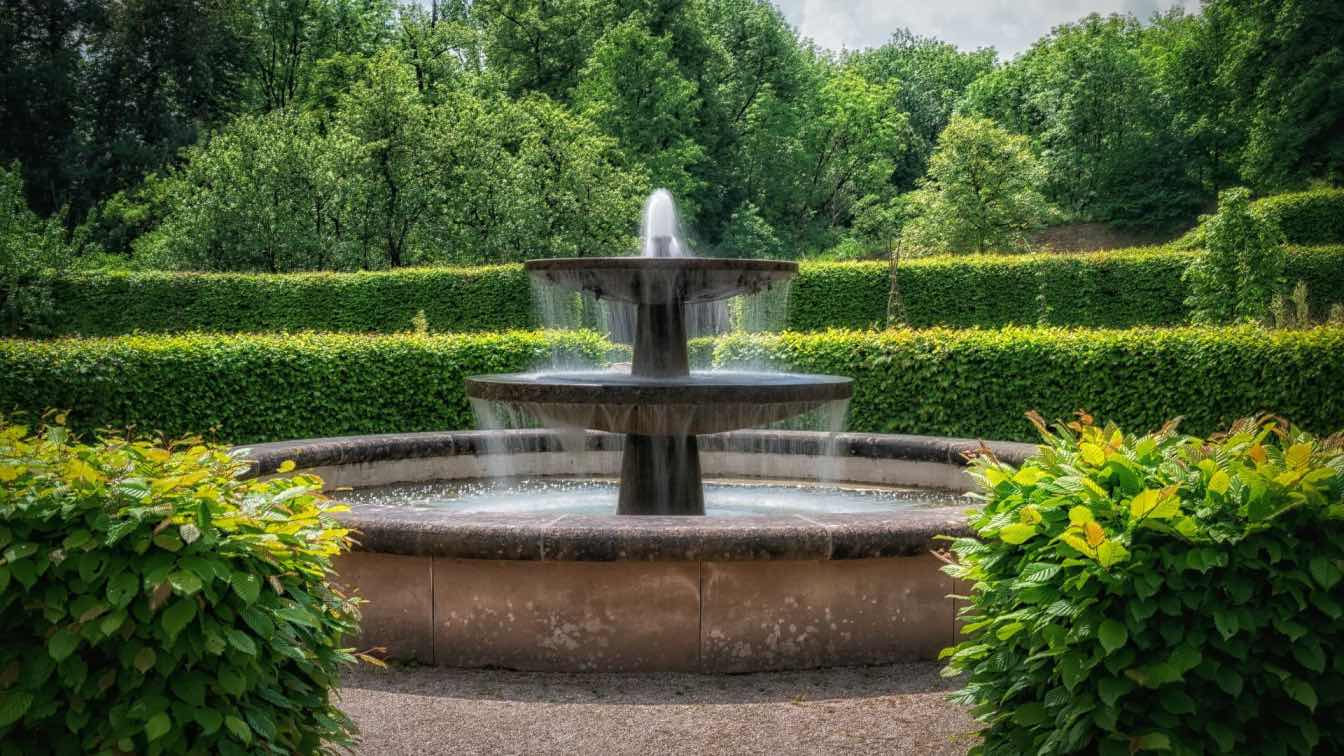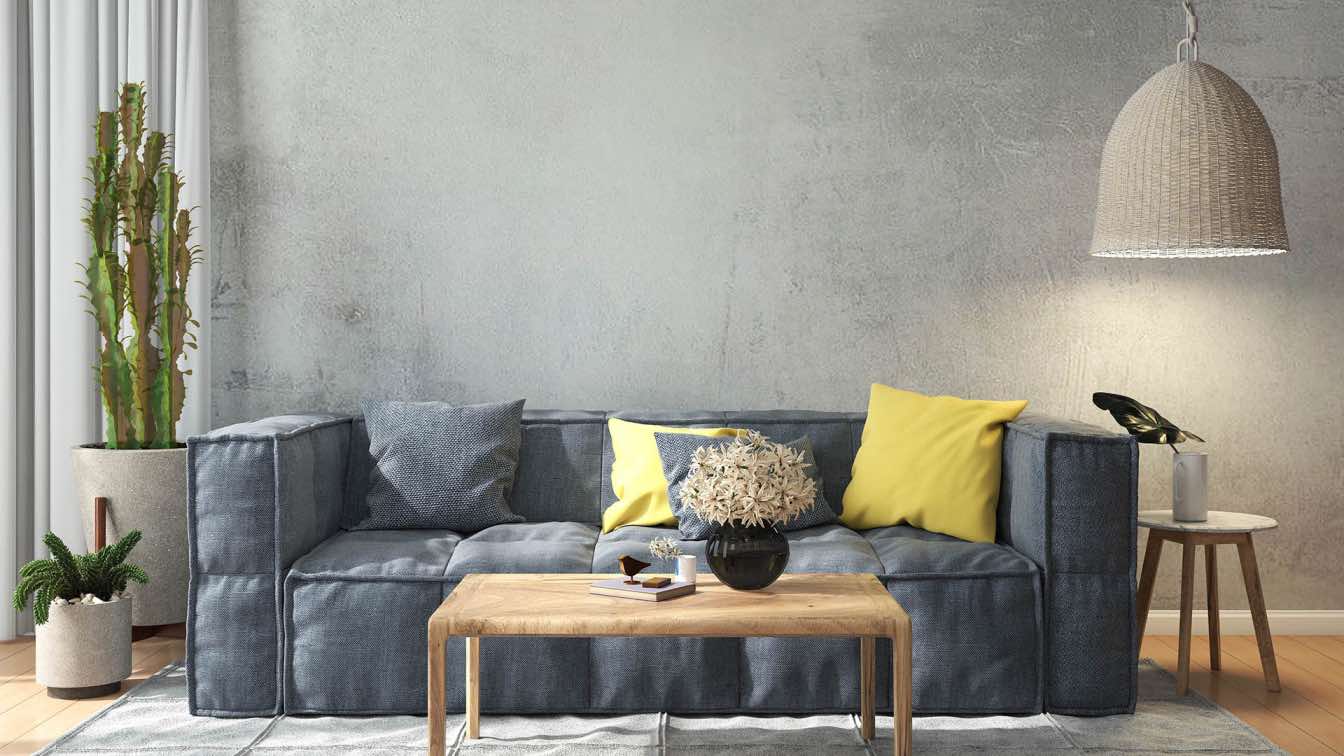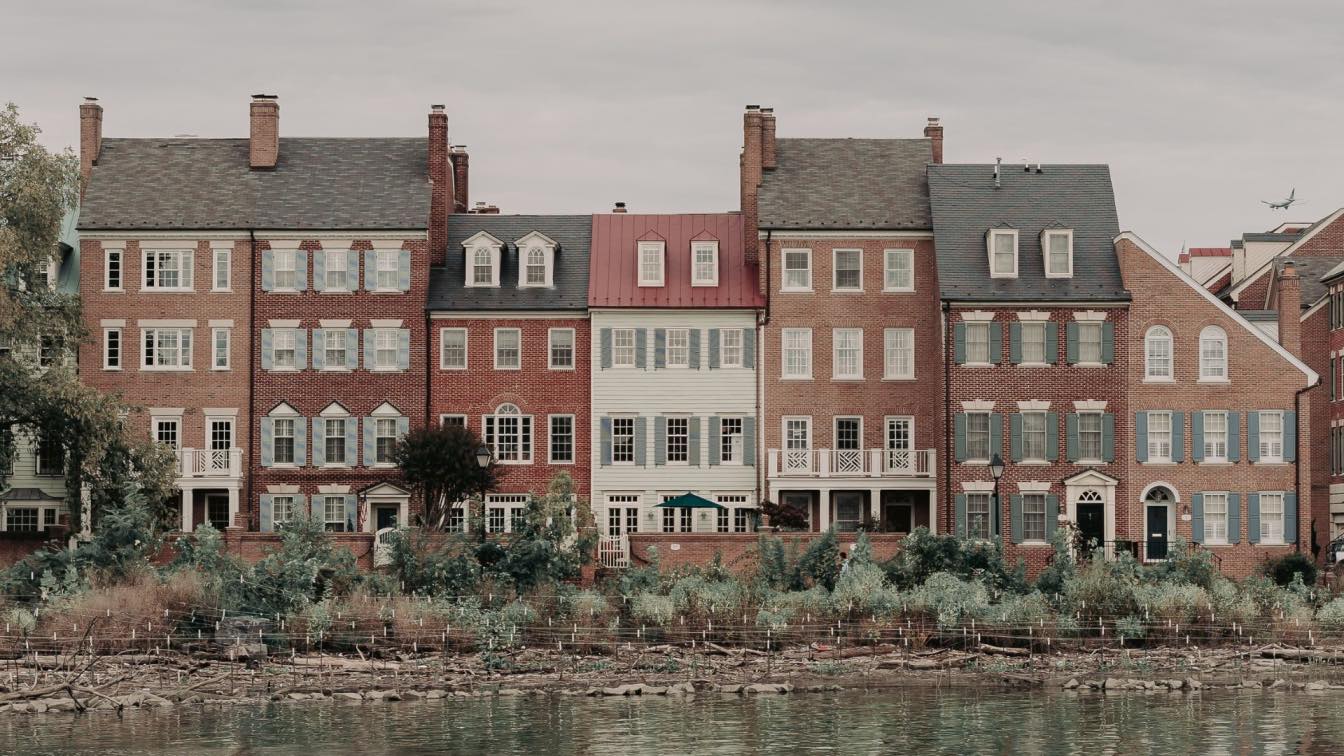In the rich tapestry of Maya culture, where architecture and art were deeply intertwined with spirituality and nature, the ancient practice of "Chukum" stands as a testament to their ingenuity and connection to the environment. Chukum, a traditional finishing technique that uses the resin from the Chukum tree (Havardia albicans), is not just a method of construction but a reflection of a sustainable way of living. Today, this centuries-old practice is experiencing a revival, blending the wisdom of the past with the needs of the present.
The Roots of Chukum
The Chukum tree is native to the Yucatán Peninsula in Mexico, a region known for its rugged landscape, extreme climate, and the profound architectural legacy of the Maya civilization. The tree, with its rough bark and resinous sap, has been used for centuries by the Maya people for various purposes, including dyeing fabrics and waterproofing buildings.
The essence of Chukum lies in its sap, which when mixed with lime, creates a unique plaster that is not only aesthetically pleasing but also incredibly durable. This mixture, when applied to walls, creates a smooth, polished surface with a natural pigmentation that can range from soft pinks to earthy browns, depending on the exact composition and application. The result is a finish that is both rustic and elegant, embodying the earthy tones of the Yucatán landscape.
 Casona Los Cedros, Espita, Yucatan, Mexico by Collectif Como - Laura Lecué. Image © Manolo R Solís, Jasson Rodríguez (Diafragmas)
Casona Los Cedros, Espita, Yucatan, Mexico by Collectif Como - Laura Lecué. Image © Manolo R Solís, Jasson Rodríguez (Diafragmas)
The Cultural Significance
Chukum is more than just a building material; it is a symbol of the Maya’s deep connection to their natural environment. The use of Chukum reflects the Maya’s understanding of sustainability, as it is derived from a tree that is abundant in their region, requiring no external resources. The process of creating Chukum is also an example of the Maya’s advanced knowledge of chemistry and materials, showcasing their ability to transform natural elements into functional, long-lasting products.
This technique was not just about utility; it was also an expression of identity. The distinct colors and textures of Chukum finishes were a way for the Maya to connect their living spaces with the land they revered, creating a harmonious balance between built structures and the natural world.
Chukum in Modern Architecture
In recent years, there has been a resurgence of interest in Chukum, particularly in the fields of architecture and interior design. As sustainability becomes a central concern in modern construction, Chukum offers a solution that is both eco-friendly and culturally meaningful. Architects and designers are increasingly turning to this ancient technique to create spaces that are not only beautiful but also sustainable and connected to the local environment.
The use of Chukum in contemporary architecture is seen in high-end resorts, private residences, and public buildings across the Yucatán Peninsula and beyond. Its natural, warm hues and smooth finish are prized for creating serene, organic spaces that feel at one with their surroundings. Moreover, Chukum’s durability and resistance to humidity make it an ideal material for tropical climates, where traditional building materials might fail.
 Huolpoch House in Mérida, Mexico by Workshop Diseño y Construcción. Image © Tamara Uribe
Huolpoch House in Mérida, Mexico by Workshop Diseño y Construcción. Image © Tamara Uribe
The Revival of Chukum: A Bridge Between Past and Future
The revival of Chukum is not just a nod to the past; it is a forward-looking practice that offers solutions to some of today’s most pressing challenges. In an age where sustainable practices are more critical than ever, the use of natural, locally-sourced materials like Chukum can reduce the environmental impact of construction. Additionally, the cultural significance of Chukum can inspire a deeper appreciation for the wisdom of indigenous practices and a greater respect for the environment.
As Chukum finds its place in modern architecture, it serves as a reminder of the importance of looking to the past for solutions that are sustainable, beautiful, and deeply connected to the earth. This ancient technique, rooted in the Maya’s profound understanding of their environment, continues to offer valuable lessons for contemporary society. Through Chukum, we can build not just structures, but also bridges—connecting the wisdom of ancient civilizations with the needs of our modern world.





